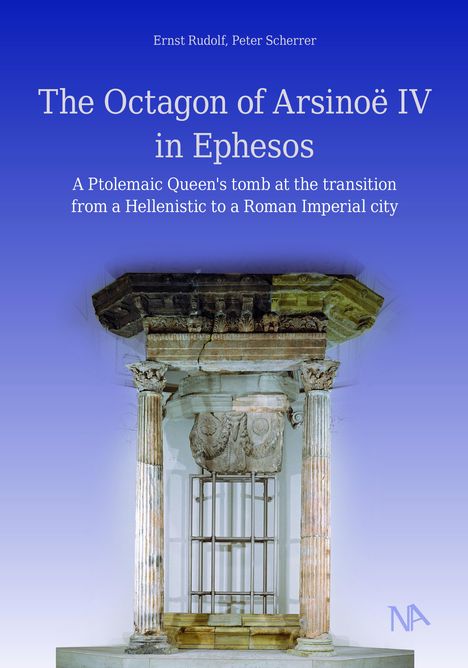Ernst Rudolf: The Octagon of Arsinoë IV in Ephesos
The Octagon of Arsinoë IV in Ephesos
Buch
- A Ptolemaic Queen's tomb at the transition from a Hellenistic to a Roman Imperial city
- Nünnerich-Asmus Verlag, 01/2024
- Einband: Gebunden
- Sprache: Englisch
- ISBN-13: 9783961762507
- Artikelnummer: 11697653
- Umfang: 376 Seiten
- Sonstiges: und 9 Tabellen
- Gewicht: 1772 g
- Maße: 303 x 215 mm
- Stärke: 31 mm
- Erscheinungstermin: 17.1.2024
Achtung: Artikel ist nicht in deutscher Sprache!
Klappentext
The Greco-Roman metropolis of Ephesos served as the scenery for many historical episodes. Numerous welldocumented personalities walked the city's streets, including C. Julius Caesar, Marcus Antonius, and Arsinoë IV of Alexandria, who was a descendant of the Ptolemaic royal family that ruled the shores of the Nile for nearly three centuries. Arsinoë IV played a signi_ cant role during the decline of the Lagid dynasty and the concluding Roman Civil Wars. She acted as both an actual and potential rival Queen to her elder sister Kleopatra and was one of the trophies during Caesar's Alexandrian Triumph in Rome. While still in her youth, she sought refuge from Kleopatra in the Artemisian Temple sanctuary near Ephesos, where she was assassinated in 41 BC.Assuming that the sacrilegious death of a Ptolemaic Queen in Ephesos should have found an architectural echo, the burial site of Arsinoë IV has long been suspected in the so-called Octagon. This temple tomb, dating from the late Hellenistic period and being one of the oldest polygonal monuments, is situated along an important procession route in the heart of the city, known as Curetes Street.
However, the connection of the grave to Arsinoë IV remained a subject of ongoing dispute. In light of this, the authors revisited ancient sources related to Arsinoë IV and conducted extensive research on the Octagon and its construction site. As a result, it is highly likely that the mausoleum indeed represents the only available Ptolemaic sepulchre containing, therefore, the skeletal remains of a Macedonian-Egyptian Queen. Since previous attempts to extract royal DNA of this sort from the postcranial skeleton have failed, the authors finally embarked on an ultimately successful quest to locate the skull of the Octagon, which has been considered lost for decades.
Anmerkungen:
Bitte beachten Sie, dass auch wir der Preisbindung unterliegen und kurzfristige Preiserhöhungen oder -senkungen an Sie weitergeben müssen.


